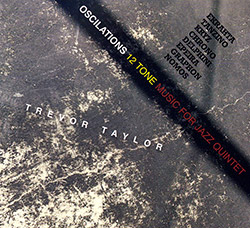
Exploring the jazz tradition through 12 tone serial tone row scales, along with graphic scores & other variations, from UK composer Trevor Taylor, also on drums & vibraphones, in a quintet with Shanti Paul Jayashina on trumpet, Josh Ison on saxophones, Dan Banks on piano, and Jose Canha on Double Bass, in a set of tunes that beautifully balance freedom and lyricism.
Out of Stock.
Quantity in Basket: None
Log In to use our Wish List
Shipping Weight: 3.00 units
EU & UK Customers:
Discogs.com can handle your VAT payments
So please order through Discogs
Sample The Album:
Shanti Paul Jayashina-trumpet
Josh Ison-saxophones
Dan Banks-piano
Jose Canha-Doublebass
Trevor Taylor-Drums, Vibes
Click an artist name above to see in-stock items for that artist.
UPC: 642415162661
Label: FMR
Catalog ID: FMR 568-0120
Squidco Product Code: 29197
Format: CD
Condition: New
Released: 2020
Country: UK
Packaging: Digipack - 3 panel
"Rare though they are, this is not the first 12 tone music group I've been involved with In the late 70's I was lucky enough to be in a wonderful trio containing some superb local musicians, featuring the truly wonderful John Mole on double bass and the amazing alto sax playing of Jim Liversy.
We (only just) held down a Wed night residency at the Red Lion in Margaretting, I say only just as if we craftly ventured off standards to do some of Jim's great compositions there would come a loud roar from behind the bar ....'too hairy!' it was Hazel the Landlady 'far too hairy'!
To make matters worse our audacity would be rewarded by being demotted to just one skimpy round of sandwiches in the interval! (you didn't mess with Hazel)
Not that she knew a crochet from a hatchet (as my old drum teacher Reg Williams used to say), let alone 12 tone music. But if it sounded stange it must be bad, and that could frighten off the three punters ignoring us in the other bar,,,,,,,,,,,,,,,,,,, Fast forward 50 years
The music here though is not all based on 12 tone serial tone rows Some pieces like 'Graphon' are purely graphic and are 'interpreted' by the ensembleOthers like 'Akrahta'. 'Xi', 'Nomos' and 'Delphini' combine traditional 12 tone technique with free improv
While the short canon like piece 'Tanzino' is composed traditionally using both forward, retrograde and inverted rows
As with much of my music I try to fuse a level of form and improvisation Constantly varying the border, where hopefully the music morphs seemlessly from one to the other
Straight ahead jazz is also present, as all the group play regulary in more formal jazz environmentsHere, instead of traditional chords to solo over, the root note of the chord is each sequentional note of the tone row, and the musicians improvise the content and 'shape' of the chord as the music develops
'Graphon' is graphic music written using my version of space notation, a system that shows time passing in a more natural way. The music looks as you might visualise it and I believe is more intuitive
The pitches are shown vertically on one large stave as they ascend with no sharps or flats as there is no key signature. The lowest playable note for the particular instrument is shown at the bottom and the highest at the top of the stave, Instead of say pp, mf etc for the dynamics of a note, a round solid circle shows by its size it's value (as its size increases the note is to be louder.)
If the note is to be sustained the circle has a tail equal to the required duration'this system can be just as accurate as conventional notation when a grid is overlaid so pitches sit on one massive ledger line, but for a hybrid system interesting results can be achieved without it, where the player interprets the pitch position and duration, and this is the system we used here in for this recording
Graphon' is like a number of pieces I have written and recorded in other musical situations in the past
Space notation in not new, it emerged in various forms by composers like John Cage etc in the 60's where composers simply could not get the results they wanted with conventional notation
The system excels when the composer wishes to escape the cliches of repetitive pulse and the need for time signatures found in conventional music. You could say that Space notation is more intuitive because it 'looks ' as it actually sounds."-Trevor Taylor
Artist Biographies
• Show Bio for Shanti Paul Jayashina "Shanti Jayasinha-Trumpet, Flugelhorn, Composer and Educator Shanti studied at the Guildhall School of Music and Drama and was featured soloist with Kenny Wheeler on the CD 'Walk Softly'. In the 80s paul toured with Tim Garland's 'Points on the Curve' band, played with the Guildhall big band at Ronnie Scott's with Randy Brecker, played with Jason Rebello, Cleveland Watkiss and Courtney Pine, and discovered Afro-Cuban music with Roberto Pla. At the start of the 90s he also played trumpet with the Brand New Heavies, joined Mike Westbrook's big band, John Mayer's Indo-Jazz Fusions and Lindsay Cooper's 'Sahara Dust' and toured with them in Europe. He became heavily involved in Latin and Brazilian music, playing with almost all the bands on the scene, including a nationwide tour with 'Sexteto Café', a long association with Roberto Pla and with Conjunto Sabroso, for whom he became MD and sometime arranger, also backing many visiting artists from Puerto Rico and the USA in the UK and Europe. He formed Nóis with Mônica Vasconcelos, among others, and contributed several tracks to the repertoire. With the Grand Union Orchestra, he became a workshop leader, and took part in many large projects featuring world and jazz musicians, as well as a plethora of local community and youth groups. He began playing Klezmer with Russian clarinettist Gregori Schechter and Stewart Curtis' K Groove. He also joined John Etheridge's Zappatistas, and appeared with the Don Lusher Big Band and Brian Abrahams' District 6. In the second half on the 90s he joined Alex Wilson's band and recorded with Bobby Watson on Alex's first CD, also playing alongside Bobby at the RFH during the BBC Jazz Awards. He travelled to Cuba in 1999 and played in concert with many of the Buena Vista Social Club, including Ruben Gonzales and Cachaito, also appearing with Frank Emilio Flyn's 'Los Amigos'. Frank Emilio subsequently invited him to perform with him during his solo concert at the Barbican, and with 'Los Amigos' in Germany. After 2000 he joined Karen Tweed's 'May Monday', featuring Finnish and Swedish folk musicians, with whom he performed all over the UK and gave some masterclasses in Limerick University. He recorded with folk singer Bill Jones and appeared with her at Cambridge Folk Festival and the BBC folk awards. He continued his association with Alex Wilson, touring the UK and Germany, supporting the Afro-Cuban Allstars. He also had a residency with 5 Cubans and Venezuelans in a club in Leicester Square every week for 6 months. 2001-2003 completed several Jazz Services tours in a trio with Pete Jacobsen and Clare Foster, as well as Claridade Brazilian band, whose CD he recorded and produced. He travelled to Rio De Janeiro and São Paulo and sat in with Grammy nominated Banda Mantiqueira, forming a friendship with top Brazilian trumpeter Walmir Gil, who subsequently played on 'Round Trip'. In New York he hung out at Smalls for the late night jam sessions, and also met and sat in with Cuban trumpeter Chocolate Armenteros. In 2004 he formed the group ShantiJazzWorld and composed music for it and played gigs around the UK, mainly in regional Jazz Clubs. He joined Jason Yarde's 'Acoustic Bombastic'. He was involved in the development of the ABRSM trumpet Grades, also playing on the CDs. He supported the Lincoln Centre Jazz Orchestra and Wynton Marsalis at the Barbican with Alex Wilson. In 2005 played in the Klaipeda Jazz Festival, Lithuania, with Manteca (DVD available). For the ABRSM he led several workshops for teachers who wanted to teach their students the Jazz syllabus and began teaching at CYM. He played in Donna Summer's band, taught on courses with Scott Stroman, played in an LPO improvising group at the Festival Hall, and supported Wayne Shorter. In 2006 ShantiJazzWorld continued to tour, Shanti guested in the Felix and Bb jazz clubs in Berlin, also formed a duo with Steve Lodder, playing at several festivals. He played with Clare Foster and Ryo Kawasaki in Nomme Jazz Festival, Estonia and took up the principal trumpet chair in 'Porgy and Bess' at the Savoy Theatre. 2007 saw more festival work with Manteca and Alex Wilson, recording on Gilad Atzmon's 'Refuge', playing trumpet and 'cello with Jason Yarde at Glasgow International Jazz Festival, taking part in the premiere of Jonathen Cohen's 'Little Gidding' at TS Elliot festival, Little Gidding, and releasing the CD 'Round Trip'. In 2008 Paul's band has played at the Pizza Express and Canary Wharf Jazz Festival, he has recorded with Kuljit Bhamra, played as sideman for both Dominic Alldis and Mariko Koike at the Pizza on the Park, appeared at Ronnie Scotts with Alex Wilson and played in the Kelvin Christiane quintet. He has formed a world jazz trio with John Crawford and Andres Ticino, and has appeared in 'Jersey Boys' and 'Gone With The Wind' in the West End. 2009 has seen Shanti freelancing and playing plenty of jazz gigs, teaching at CYM, judging the solo and ensemble brass competitions at the Colchester Institute, playing in 'Jersey Boys' in the West End, playing with 'Friendly Fires' and 'Matt Bianco', touring with his band 'ShantiJazzWorld' with support from Jazz Services, teaching at Marlborough Summer School, and on the Global Music Foundation seminars in Saarwellingen (Germany) and Certaldo (Italy). In 2010 Shanti was with Jason Yarde's Acoutastic Bombastic, Manteca, Dan Reinstein, Salsa Celtica (15th Anniversary Tour), Grand Union Orchestra, Mônica Vasconcelos, Alex Wilson (Compass Suite and tutor at Aldeburgh Young Artists Programme and for Black History Month at Essex Primary in Newham), Matt Bianco in Indonesia and Bulgaria, Snowboy and the Latin Section in France. He was invited to play at Avui Jazz in Valencia, the Bb Club in Berlin, Marlborough Jazz Festival. He also taught at Marlborough Summer School and toured the UK with Darius and the History of the Big Bands. In 2011 Shanti ran a course of jazz workshops at Cardinal Vaughan School in Holland Park, London, played at Ronnie Scotts with King Salsa, found himself soloing in front of the BBC Concert and Grand Union Orchestras at the Hackney Empire, running a music project at Essex Primary School, touring with Matt Bianco, Salsa Celtica and Alex Wilson, and running a jazz course at Marlborough Summer School. He has joined a new jazz orchestra "Bansangu Orchestra" and finished the year off touring with pop sensation "Friendly Fires". In 2012 Shanti appeared on a live worldwide internet event for Heineken, recorded a latin jazz CD with Marc Cecil, directed three weeks of workshops in Essex Primary School in Barking, toured in China with Friendly Fires and toured the UK with Andy Abrahams and the History of the Big Bands. He also played for the show "Carnival" at the Bridewell Theatre, appeared with Kelvin Christiane at the Twickenham Jazz Festival, with Lea Delaria at Swanage Jazz Festival, an impromptu session with Robben Ford at the 606 Club, and with Mônica Vasconcelos at the Rio 2016 event at Somerset House. The new big band Bansangu played two of his compositions at the Canary Wharf Jazz Festival. He recorded for and played with Conjunto Sabroso for the launch of their CD "Yo Tengo Lo Que Queria". In December he travelled to Brazil for some relaxation (and some music!). 2013 sees Shanti learning a new instrument - George Schlub has just made him a valve/slide trumpet. Shanti has published a book and CD of 12 elementary trumpet tunes in different world music styles for the 'Globetrotter' series on OUP. April saw the launch of a new trio project, with South Indian influences, featuring Ramesh Shotham and John Crawford at Tabernacle Folk. He played with David Samuels of Spyro Gyra fame at the 606, and was with Snowboy and the latin section at the Hideaway in Streatham. Also at the Hideaway he has been working with several great singers, Nina Ferro, Brendan Reilly, Annabel Williams, Lex Cameron, Donna Gardier, Nicola Emmanuelle, Juliet Roberts, Vanessa Haynes, Vula Malinga and Emily Holligan. In July he was bugle soloist for Jonathan Willcox and the Southend Choirs in Benjamin Britten's Noye's Fludde at Southwark Cathedral. He has been Musical Director of a joint project between the Grand Union Orchestra and Essex and Cambridgeshire Music Services bringing world music to schools in both counties, with performances at West Road Concert Hall, Cambridge, and also in Harlow, and Colchester Carnival. In the Autumn he was trumpet tutor for Jason Yarde's "Bold as Brass" featuring 70 amateur horn players with a performance at the London Jazz Festival in the Royal Festival Hall. The year ended with a whole month away in India, studying and catching the 'Chennai Music Month'. While he was there he played several concerts with Jyotsna Srikanth in Delhi, Bangalore and on Kappa TV. 2014 saw Shanti studying at the Institute of Education in London for a Higher Education Teaching Certificate - it has been a fascinating course, reading about the psychology of learning, latest research on one to one and group tuition, developing curricula. As for performance, Shanti went to Colombia in January with Salsa Celtica, was blown away by the Colombian reception for the music. In London he played in several Cuban bands, Mônica Vasconcelos' London Bossa Project, with a special DVD celebrating her first 20 years in London; In August he directed the first ever Grand Union Summer School, with 40 students from Essex, Cambridgeshire, London and Portugal." ^ Hide Bio for Shanti Paul Jayashina • Show Bio for Josh Ison "Josh Ison is one of Cambridge and the UK's most fearless Tenor Saxophone players, he has played alongside the UK's most highly respected free jazz players such as Tony Marsh, Paul Dunmall and Neil Metcalfe and returns to Hot Numbers to perform an exciting and unexpected improvised musical journey drawing on influences across jazz and contemporary classical music." ^ Hide Bio for Josh Ison • Show Bio for Dan Banks "Dan Banks: Jazz pianist, composer, arranger, and teacher Dan Banks is based in Medway, Kent. Although initially self-taught Dan has studied classical piano under the tutelage of Tim Carey, and jazz piano, theory, arranging, and composition with Eddie Harvey and Brian Everington. Additionally, Dan holds a Masters degree in performance (awarded with distinction) from London College of Music. Dan's influences as a pianist are broad. His initial experience of music came from the likes of Paul Simon, The Beatles, and Ricky Lee Jones-all played a lot at home when he was a child. However, when he started formal piano lessons, these focussed entirely on the classical tradition. His formative experience of learning 'classical' music has remained, and still now Bach, Bartok, and Debussy feature in his practice on a regular basis. In terms of Dan's jazz influences these range from what you'd expect (Keith Jarrett, Chick Corea, Herbie Hancock), to the more contemporary (Eldar Djangirov, Joey Alexander, Jason Rebello, Michel Camilo, Michel Petrucciani, Craig Taborn, Uri Caine, Marc Copland), via the non-pianists (Miles Davis, Chris Potter, John Coltrane, Wynton Marsalis, and many more). Dan is house pianist at the Bassment where he has performed with British Jazz luminaries including: Tim Garland, Jay Phelps, Laurence Cottle, Ian Thomas, Mark Nightingale, Paul Higgs, Nigel Price, Yazz Ahmed, Gareth Lockrane, Mark Armstrong, Jim Mullen, Vasilis Xenopoulos, John Etheridge, and many more. Alongside this, Dan regularly appears in the rhythm section at Trevor Taylor's Jazz825 club in Southend-on-Sea, supporting musicians such as Josh Ison, Geoff Warren, and Roberto Manzin. In February 2017 Dan released his debut album, Two In a Box, featuring Roberto Manzin (sax), Paul Higgs (trumpet), José Canha (double bass), and Josh Law (drums). This album was inspired by the classic Blue Note sound of Horace Silver, Lee Morgan, Hank Mobley, and many others. It consists of seven original compositions from Dan and has received highly positive reviews in numerous publications. In December 2018 Dan released his second quintet album, Simulated Cities, featuring the same musicians and another seven original compositions, and a small set of dates supporting this release is planned for mid-2019. During 2018, and in response to his doctoral research, Dan began exploring alternative modes of composition and performance-particularly free-jazz and improvised music. As a result of this, he has been working on a project with Trevor Taylor (drums and percussion) and José Canha (double bass) exploring the intersection between free-jazz and sonification (transforming data into sound), using this as a platform to mediate and examine issues of anthropogenic climate change. The result is a captivating DVD and CD box set, not only presenting the finished product but also documenting the process and motivations behind the project; this will be available from FMR records in early 2019. As a sideman Dan performs regularly with various Essex-based projects including: Solar, a jazz-funk outfit featuring Alex Hearn on guitar, Ben Hearn on bass, and Joshua Law on drums; The Simon Hurley Quartet, guitar-led ensemble headed up by Colchester based guitarist Simon Hurley, also featuring Andy Staples (double bass) and Alex Best (drums); The Julia Quinn Band, a five-piece band performing an eclectic set ranging from Joni Mitchell, through the Great American Songbook, to subtle and imaginative re-arrangements of popular music, featuring Julia Quinn (vocals), Tony Sandeman (guitar), Marc Cecil (drums), and Andy Staples (bass); and Tony Sandeman's 'Natural Selection', a five-piece band exploring some of the more unfamiliar corners of the jazz-fusion repertoire, featuring Tony Sandeman (guitar), Zak Barrett (sax), Andy Staples (bass), and Martin Johnson (drums). Dan is also heavily involved in education and is currently a part-time lecturer on the MMus (work-based learning) course at London College of Music. Additionally, he is often in demand as a clinician and has given masterclasses on jazz theory, jazz piano, and jazz pedagogy for institutes and organisations across the UK. Alongside his busy schedule as a performer and teacher, Dan is also a PhD student, examining interaction and interplay in both Chick Corea's trio performances and jazz performance in general." ^ Hide Bio for Dan Banks • Show Bio for Jose Canha "José Canha was born in Setúbal, Portugal. He began as a musician in his late teens, singing lead vocals for various alternative-rock bands. During this time he explored a variety of different musical instruments and grew a strong affinity towards the ones in the lowest register. Also fortunately he had the chance to work with many diverse and talented musicians with a wide spectrum of the most distinct influences providing him an eclectic musical background that helped him develop a growing passion for the Blues and Jazz music. In 1996, after his army service ended, Canha decided to abandon his previous academic intentions to commit himself to an in-depth study of his newfound passions: the bass and Black American music. He co-founded the band "Charlie & the BluesCats", a blues band that, among other highlights, supported two B.B. King shows in both Lisbon and Oporto coliseums, featured at jazz festivals in Greece, and performed throughout Portugal. Although mainly self-taught, José decided to pursue further instruction to help him unlock the most intricate musical complexities he was facing when dealing with jazz and related music. His first electric bass teacher was Yuri Daniel (bassist for Maria João, Jan Garbarek). Since then he has been invited to collaborate on a variety of projects across genres and styles including bossa nova, jazz, blues, r&b, manouche, rock, funk and fado, in ensembles ranging from duets to orchestras and theatre productions sets. He inevitably progressed towards the double bass. In 2005 he began classical study under Miguel Leiria. He later enrolled at Escola de Jazz do Barreiro (Barreiro's Jazz School) where he became a teacher 3 years later. Also in 2008 he get into ESML attending the Jazz Music college course. After completing this and before moving to the UK, his work was mainly focused on popular music and world music fusion. Now in the UK he has been working as a jazz double bassist accompanying various artists from the London, Essex and Suffolk Jazz scene. He continues working with artists and composers from Portugal in studio and occasionally as a live session player. He has often been requested to teach throughout his career by private students and by several different music schools." ^ Hide Bio for Jose Canha • Show Bio for Trevor Taylor Trevor Taylor is an improvising musician based in the UK, performing electroacoustic improvisation. He is best known for his band Circuit, and his associations with saxophonists Evan Parker and Paul Dunmall. He is also the label leader for FMR (Future Music Records). ^ Hide Bio for Trevor Taylor
7/1/2025
Have a better biography or biography source? Please Contact Us so that we can update this biography.
7/1/2025
Have a better biography or biography source? Please Contact Us so that we can update this biography.
7/1/2025
Have a better biography or biography source? Please Contact Us so that we can update this biography.
7/1/2025
Have a better biography or biography source? Please Contact Us so that we can update this biography.
Have a better biography or biography source? Please Contact Us so that we can update this biography.
Track Listing:
1. Ekrahta 10:12
2. Tanzino 0:49
3. Kryz 1:15
4. Chrono 2:02
5. Delphini 6:27
6. Epeira 8:46
7. Graphon 3:09
8. Nomos 4:20
Improvised Music
Jazz
Free Improvisation
London & UK Improv & Related Scenes
Quintet Recordings
Staff Picks & Recommended Items
Graphic Scores
Search for other titles on the label:
FMR.


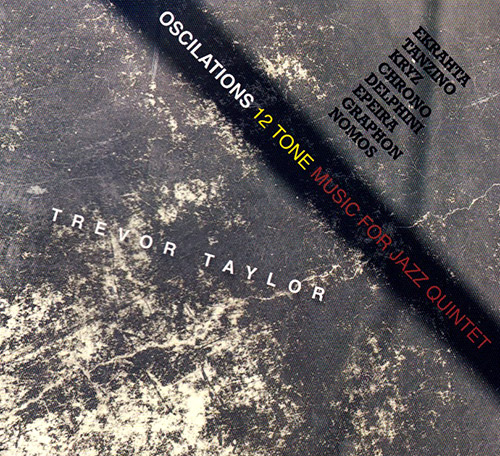
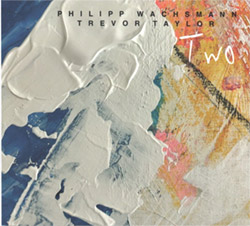
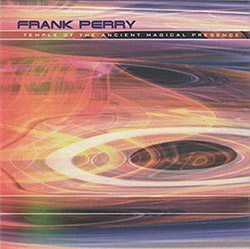
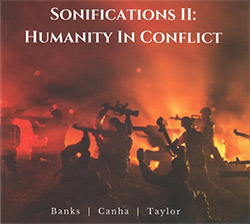
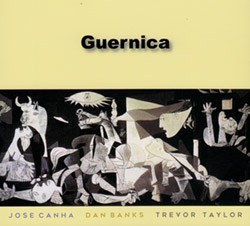
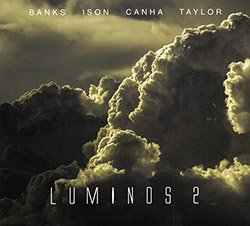
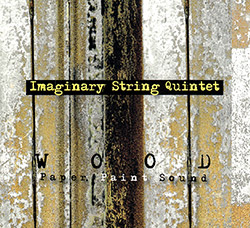
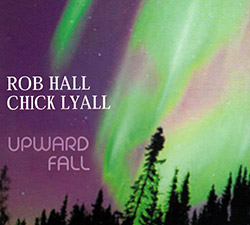
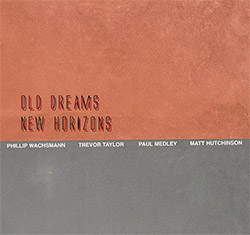
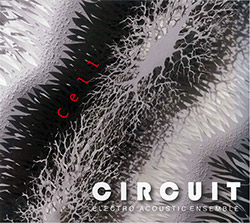
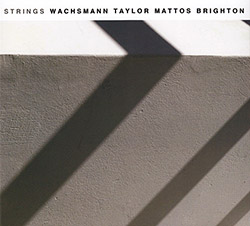
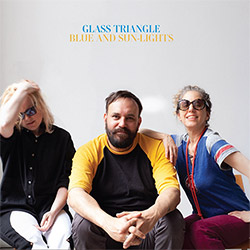
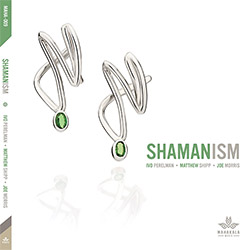
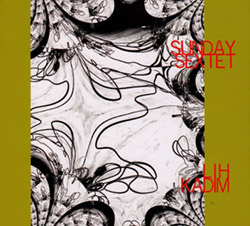
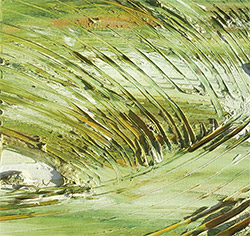
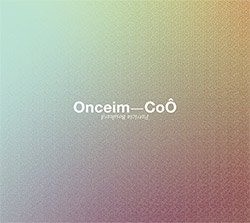
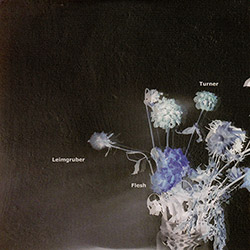
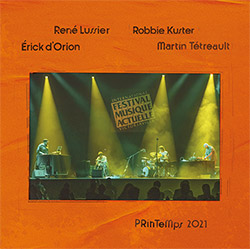
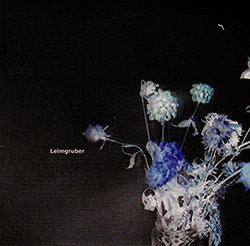
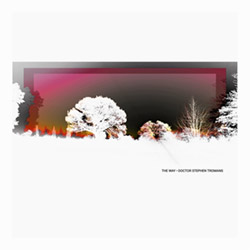
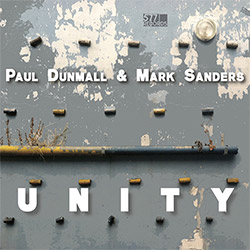
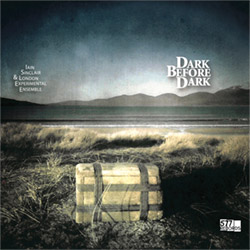
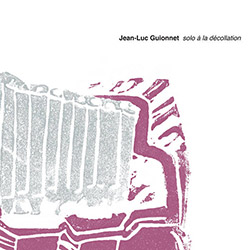
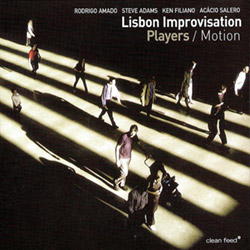
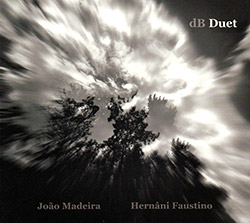
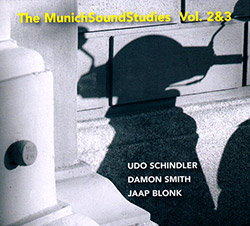
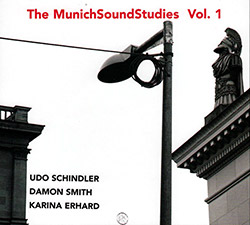

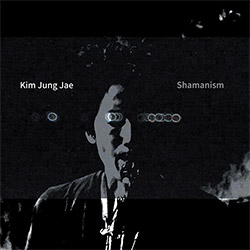
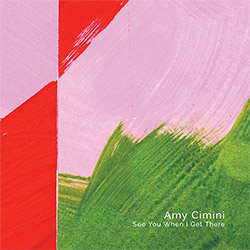
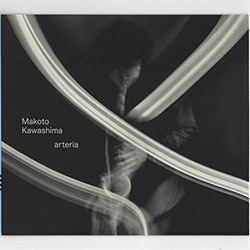
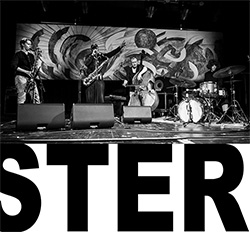
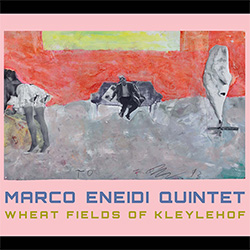
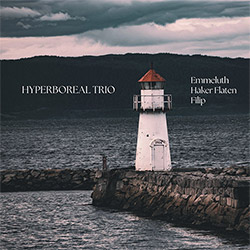
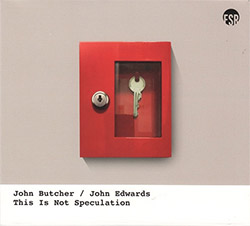
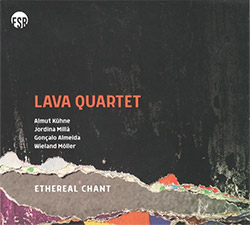
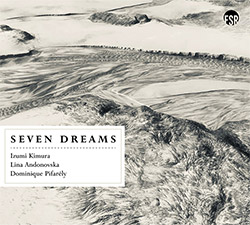
![Deupree, Jerome / Sylvie Courvoisier / Lester St. Louis / Joe Morris: Canyon [2 CDs]](https://www.teuthida.com/productImages/misc4/36404.jpg)
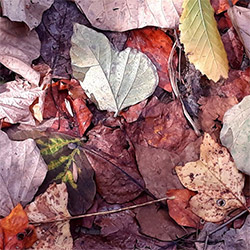
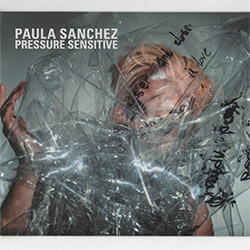
![Eternities: Rides Again [CASSETTE]](https://www.teuthida.com/productImages/misc4/36247.jpg)
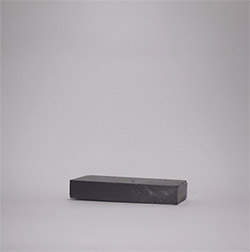
![Lopez, Francisco: Untitled (2021-2022) [2 CDs]](https://www.teuthida.com/productImages/misc4/36438.jpg)
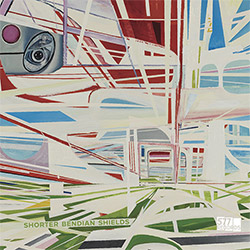
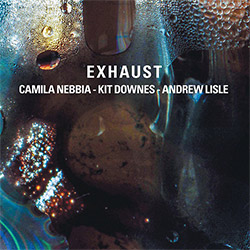
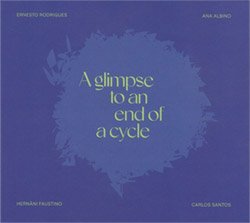
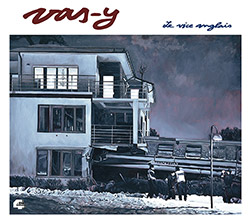
![Eventless Plot | Haarvol: The Subliminal Paths [CASSETTE + DOWNLOAD]](https://www.teuthida.com/productImages/misc4/36232.jpg)
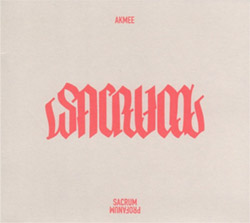
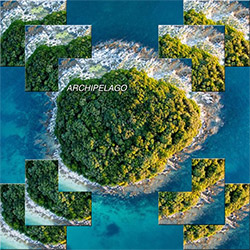
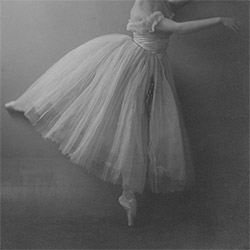

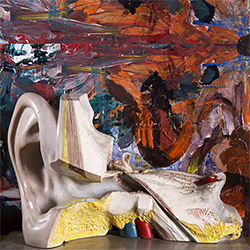
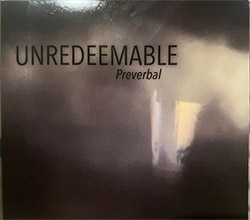
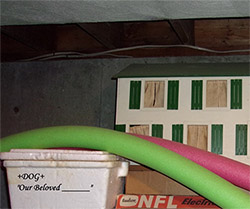
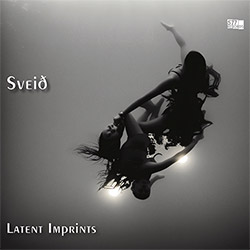
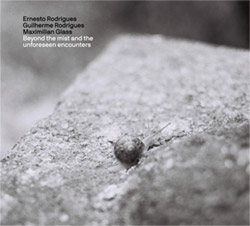
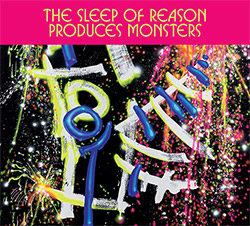
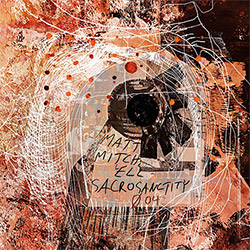
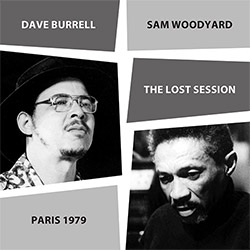
![Eventless Plot | Francesco Covarino: Methexis [CASSETTE + DOWNLOAD]](https://www.teuthida.com/productImages/misc4/36231.jpg)
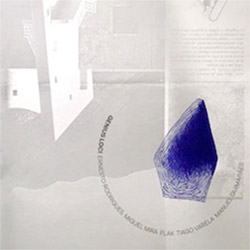
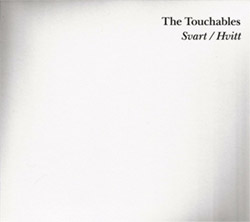
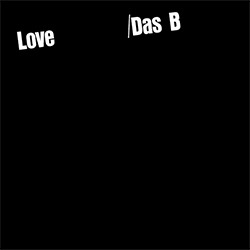
![Das B (Mazen Kerbaj / Mike Majkowski / Magda Mayas / Tony Buck): Love [VINYL]](https://www.teuthida.com/productImages/misc4/36329.jpg)
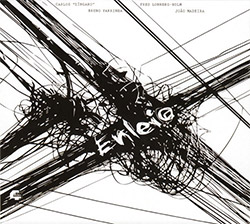
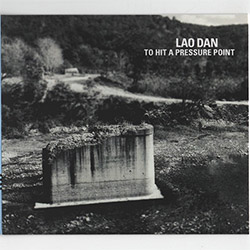
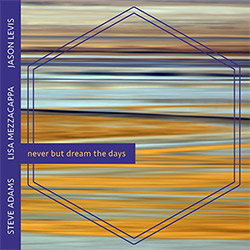
![Hemphill Stringtet, The: Plays the Music of Julius Hemphill [VINYL]](https://www.teuthida.com/productImages/misc4/36409.jpg)
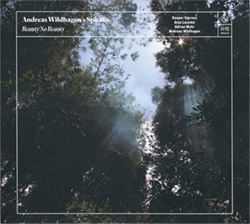
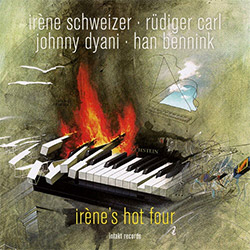
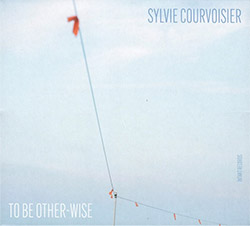
![Halvorson, Mary Septet: Illusionary Sea [2 LPS]](https://www.teuthida.com/productImages/misc4/17952.jpg)
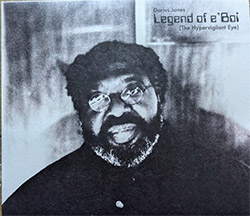
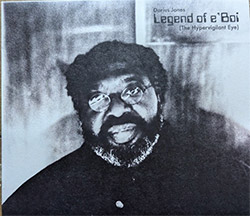
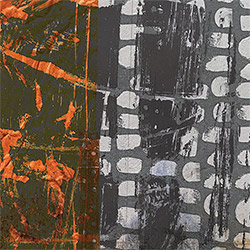
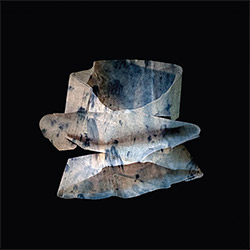
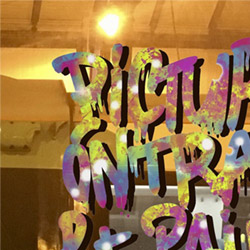
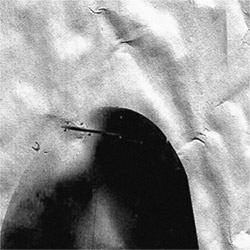
![Money : Money 2 [2 CDs]](https://www.teuthida.com/productImages/misc4/35894.jpg)
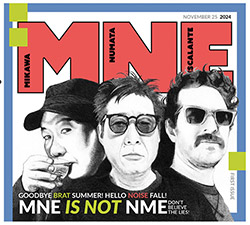
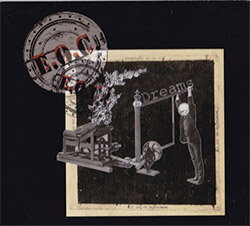
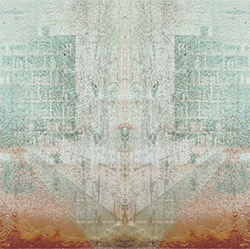
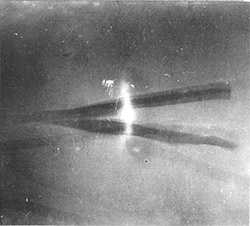
![Klinga, Erik: Elusive Shimmer [VINYL]](https://www.teuthida.com/productImages/misc4/36258.jpg)
![CHANGES TO blind (Phil Zampino): Volume 9 - I Wave on a Fine Vile Mist [CD + DOWNLOAD]](https://www.teuthida.com/productImages/misc4/36061.jpg)

![Wallmart / Rubbish: Asset Protection [split CD]](https://www.teuthida.com/productImages/misc4/35900.jpg)
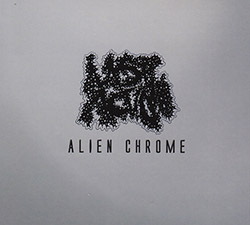
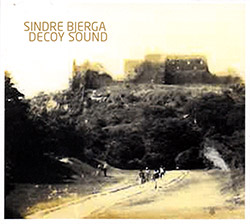
![+Dog+: The Family Music Book Vol. 5 [2 CDs]](https://www.teuthida.com/productImages/misc4/35897.jpg)
![Kuvveti, Deli : Kuslar Soyledi [CASSETTE w/ DOWNLOAD]](https://www.teuthida.com/productImages/misc4/36107.jpg)
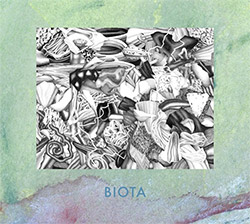
![Nakayama, Tetsuya: Edo Wan [CASSETTE w/ DOWNLOAD]](https://www.teuthida.com/productImages/misc4/36105.jpg)
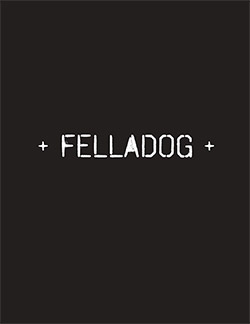

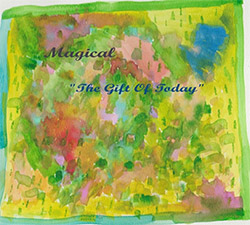
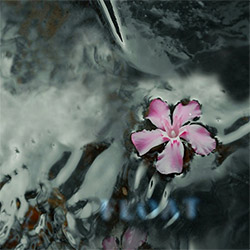
![Yiyuan, Liang / Li Daiguo: Sonic Talismans [VINYL]](https://www.teuthida.com/productImages/misc4/35957.jpg)
![Brown, Dan / Dan Reynolds: Live At The Grange Hall [unauthorized][CASSETTE]](https://www.teuthida.com/productImages/misc4/36245.jpg)
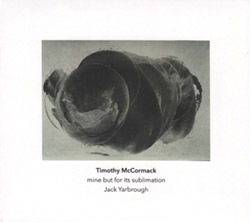
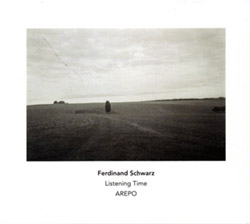
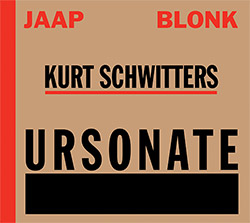
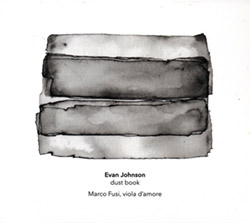
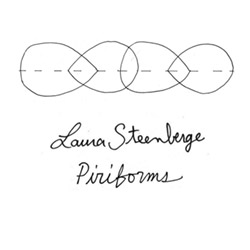
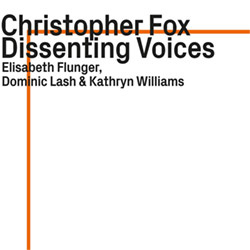
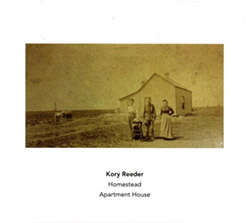
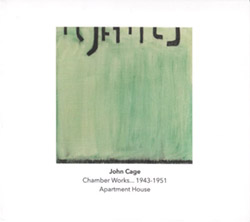
![Palestine, Charlemagne / Seppe Gebruers: Beyondddddd The Notessssss [VINYL]](https://www.teuthida.com/productImages/misc4/36206.jpg)
![Palestine, Charlemagne / Seppe Gebruers: Beyondddddd The Notessssss [NEON GREEN VINYL]](https://www.teuthida.com/productImages/misc4/36207.jpg)
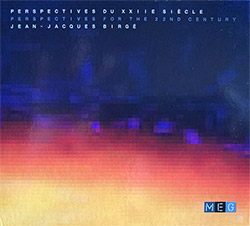
![Laubrock, Ingrid: Purposing The Air [2 CDs]](https://www.teuthida.com/productImages/misc4/35639.jpg)
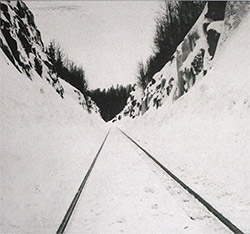
![Yoko, Ono / The Great Learning Orchestra: Selected Recordings From Grapefruit [2 CDs]](https://www.teuthida.com/productImages/misc4/35841.jpg)
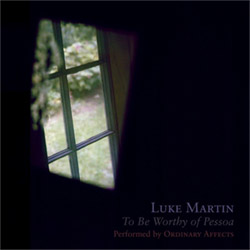
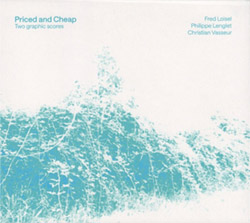
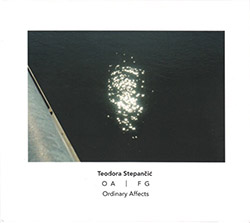
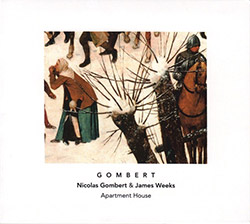
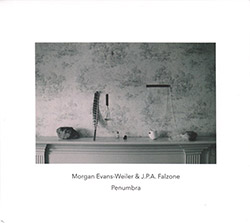
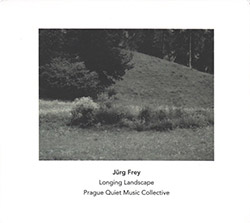
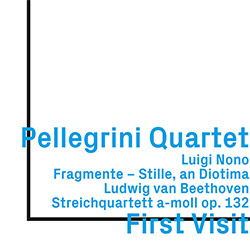
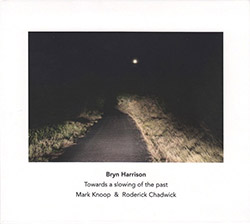
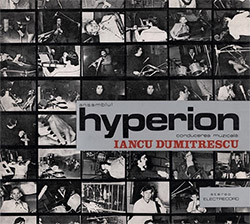
![Zorn, John / JACK Quartet: The Complete String Quartets [2 CDs]](https://www.teuthida.com/productImages/misc4/35609.jpg)
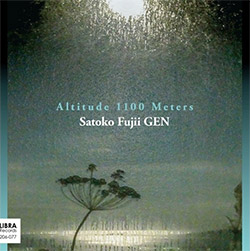
![Lonsdale, Eden: Dawnings [2 CDs]](https://www.teuthida.com/productImages/misc4/35480.jpg)
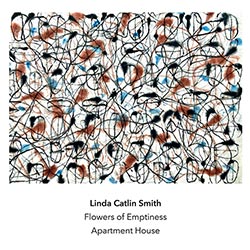
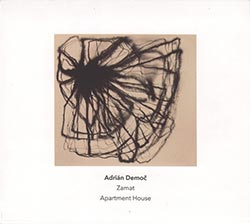
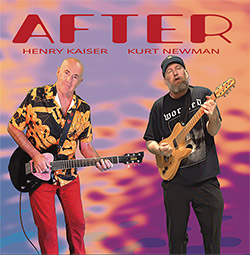
![Sorry For Laughing (G. Whitlow / M. Bates / Dave-Id / E. Ka-Spel): Rain Flowers [2 CDS]](https://www.teuthida.com/productImages/misc4/35985.jpg)
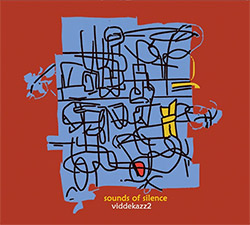
![Rolando, Tommaso / Andy Moor : Biscotti [CASSETTE w/ DOWNLOADS]](https://www.teuthida.com/productImages/misc4/36106.jpg)
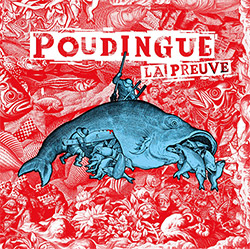
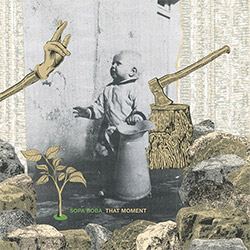
![Electric Bird Noise / Derek Roddy: 8-10-22 [CD EP]](https://www.teuthida.com/productImages/misc4/35970.jpg)
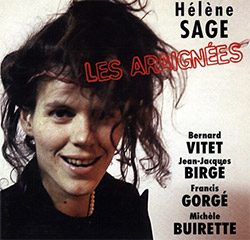
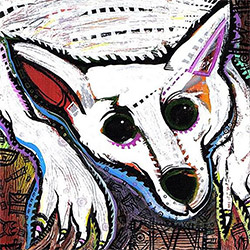
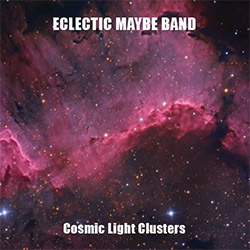
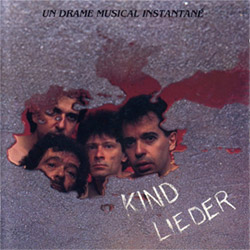
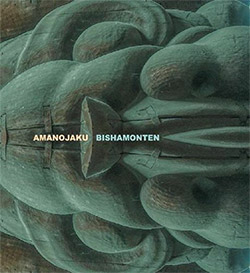
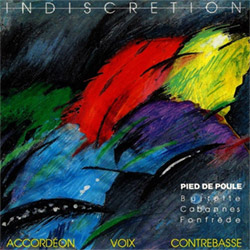
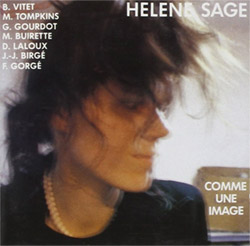
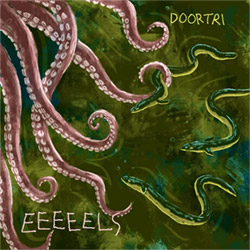
![Elephant9 : Mythical River [VINYL]](https://www.teuthida.com/productImages/misc4/34624.jpg)
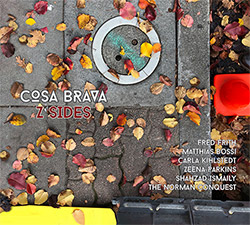
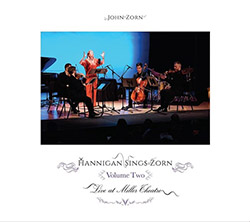
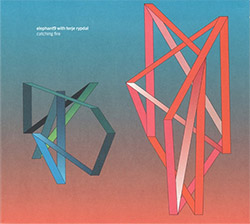
![Elephant9 with Terje Rypdal: Catching Fire [VINYL 2 LPs]](https://www.teuthida.com/productImages/misc4/35355.jpg)
![Deerlady (Obomsawin, Mali / Magdalena Abrego): Greatest Hits [VINYL]](https://www.teuthida.com/productImages/misc4/34876.jpg)
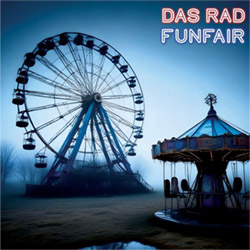
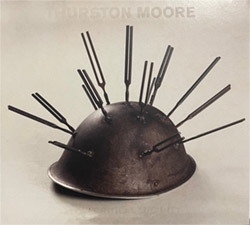
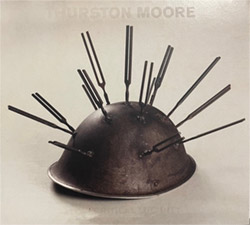
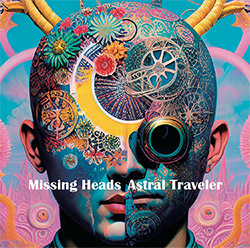
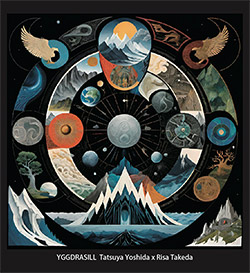
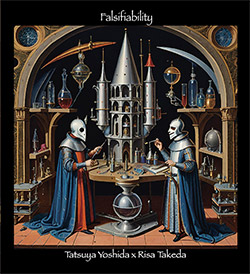
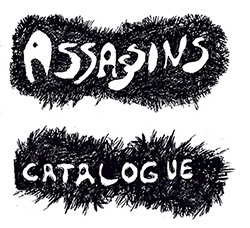
![Surplus 1980: Illusion of Consistency [CD]](https://www.teuthida.com/productImages/misc4/35069.jpg)
![Staiano, Moe: Away Towards the Light [VINYL + DOWNLOAD]](https://www.teuthida.com/productImages/misc4/35037.jpg)
![Coley, Byron: Dating Tips for Touring Bands [VINYL]](https://www.teuthida.com/productImages/misc4/17906.jpg)
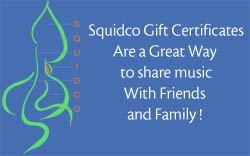
![Lost Kisses: My Life is Sad & Funny [DVD]](https://www.teuthida.com/productImages/misc4/lostKissesDVD.jpg)